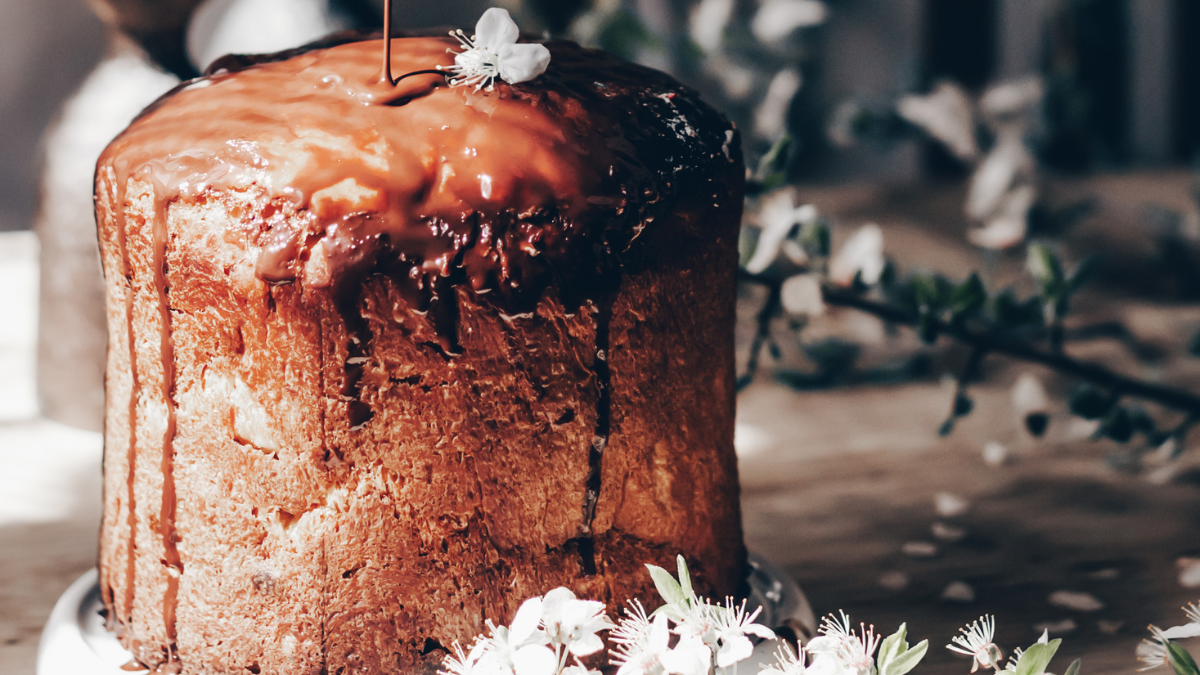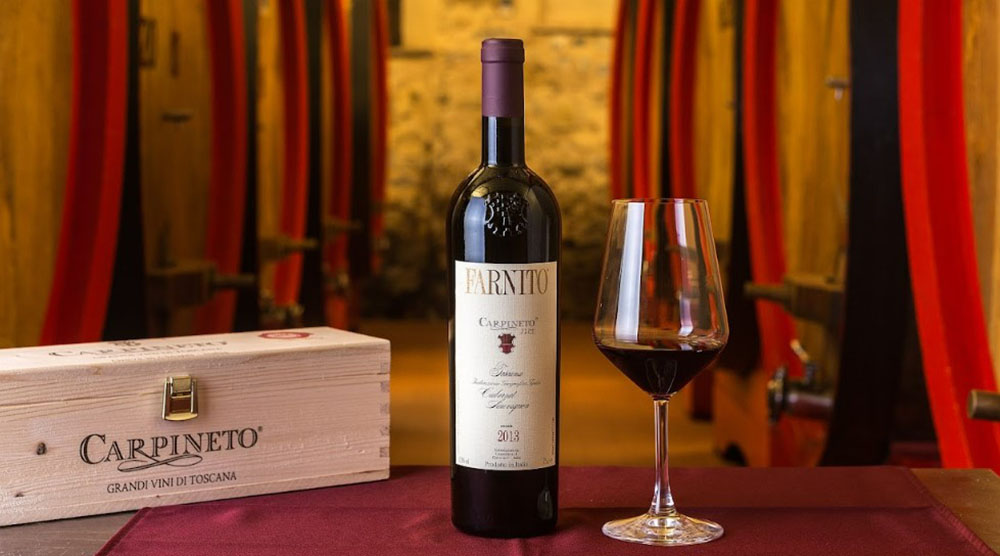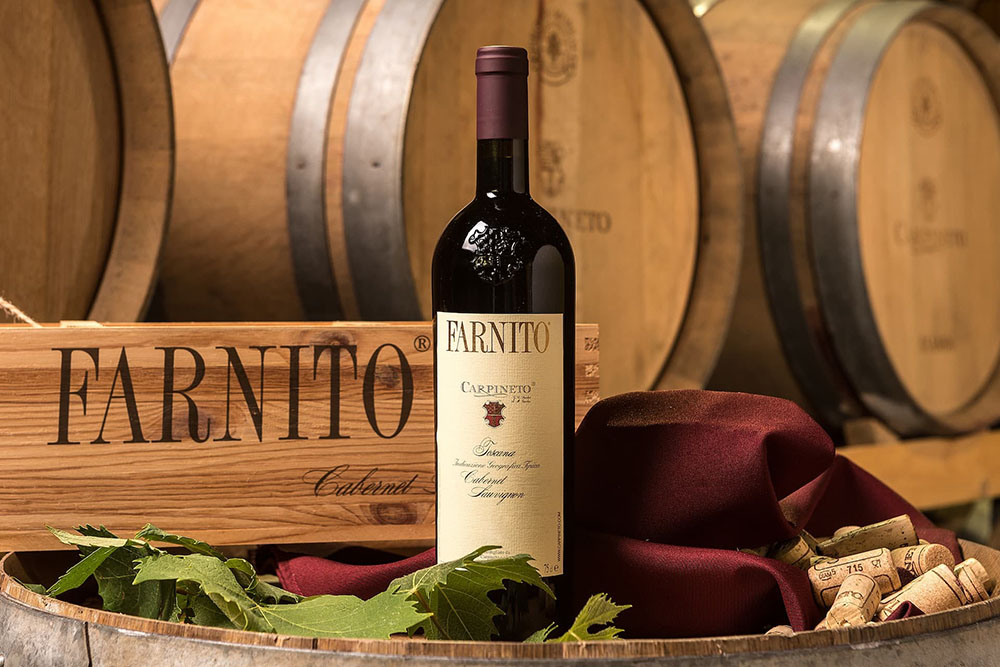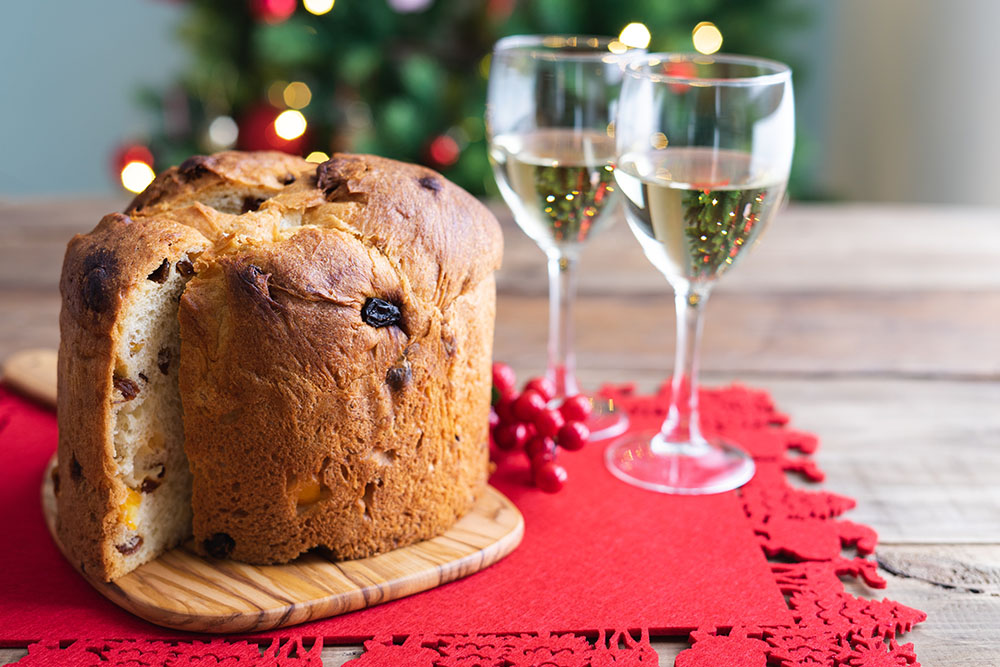We all love carbonara: this worldwide famous italian dish has become increasingly popular thanks to social media, and everyone wants to have a taste of it when visiting the Bel Paese. However, this sudden peak of popularity has provoked a very harsh debate in Italy: what exactly is carbonara, and which is its original recipe? Should you use guanciale or pancetta (bacon)? How much should the eggs be cooked? All these questions, and so very few clear answers.
With Carbonara Day fast approaching on the 6th of April, we thought it would be appropriate to address this debate (which could be just as controversial as the famous pineapple-pizza drama) and provide our readers with our usual wine suggestion. Let’s dig our forks into this recipe, citing what is believed to be the “original” one.
Long story short, the origins of carbonara are believed to trace back to 1944. Legend has it that American soldiers, stationed in Italy during World War II, encountered a pasta dish called "cacio e ova" prepared by coal miners (known as carbonari in Roman dialect) in the L'Aquila region of Abruzzo.
This encounter likely inspired the name "carbonara." Over time, the addition of guanciale became customary, and the recipe rooted especially in Rome. Exactly, the original recipe includes “Guanciale” which is only slightly different from Bacon, but different enough to have roman people offended when you use the wrong ingredient.
Guanciale and pancetta (bacon) are indeed two distinct cuts of pork. As their Italian names clearly imply, pancetta comes from the belly of the pig, while guanciale is derived from the cheek and neck of a pig that is typically at least nine months old.
For further clarification, let’s include what is believed to be the original recipe with all the right ingredients:
The classic recipe of the dish is made up of only five ingredients: pasta, pecorino cheese, eggs, Guanciale (pillow) , and pepper. Begin by cutting the guanciale into strips. Next, separate the egg yolks into a bowl. Add pepper, pecorino cheese, a pinch of salt, and whisk together.
Cook the spaghetti in boiling salted water. Meanwhile, fry the Guanciale (pillow) over low heat in a pan, ensuring it's ready at the same time as the pasta. Drain the spaghetti al “dente”, leaving a bit of cooking water (it helps make the sauce creamier), and return them to the hot saucepan. Toss them with the freshly fried bacon and its fat. Mix thoroughly. Immediately afterward, pour the egg yolk mixture over the pasta, mix quickly, and serve promptly.
To enjoy this divine meal properly, you need to raise the taste buds competition a little bit when it comes to wine. To do so, we recommend our Dogajolo Toscano Bianco IGT 2020! The Carpineto Dogajolo Bianco IGT is a white 'Super-Tuscan' wine crafted from grapes grown in estate vineyards carefully selected to provide the optimal environment for this wine. These hillside vineyards, cultivated without irrigation, are situated within the Chianciano and Montepulciano (Siena) property.
On the palate, the Carpineto Dogajolo Bianco IGT 2020 offers a delightful experience with its juicy, fresh, and lively character. This Tuscan white wine blend has been crafted to offer a more refined flavor profile, avoiding excessive fruity sweetness. Instead, it aims to complement food seamlessly, enhancing the dining experience without overpowering it with overly rich or cloying flavors. With this wine and the original recipe, you’re all set up to celebrate the best carbonara day of your life. Enjoy!
.jpg?w=1600&h=900)





